
If you've ever gone to a funeral, watched a televangelist, or been buttonholed by a street preacher, you've probably heard Christianity is all about saving one's immortal soul - by believing in Jesus, accepting the Bible's true teaching on a social taboo, or going to the preacher's church of choice.
(Only the first of these actually works, by the way).
But what the heck is a soul? Most religious people seem convinced that we've got one, some ineffable spiritual thing that isn't destroyed when you die but lives on in the afterlife. Many scientifically minded people have trouble believing in spirits and want to wash their hands of this whole soul idea.
Strangely enough, modern Christian theology doesn't rely too much on the idea of the soul. God exists, of course, and Jesus died for our sins, sending the Holy Spirit to aid us; as for what to do with that information, theology focuses less on what we are and more on what we should believe and do.
If you really dig into it, Christian theology gets almost existential, focusing on us as living beings, present here on the Earth, making decisions and taking consequences. Surprisingly, when we die, our souls don't go to heaven: instead, you're just dead, waiting for the Resurrection and the Final Judgement.
(About that, be not afraid: Jesus, Prince of Peace, is the Judge at the Final Judgment).
This model of Christianity doesn't exclude the idea of the soul, but it isn't really needed: When we die, our decision making stops, defining our relationship to God, which is why it's important to get it right in this life; when it's time for the Resurrection, God has the knowledge and budget to put us back together.
That's right: according to the standard interpretation of the Bible as recorded in the Nicene creed, we're waiting in joyful hope for a bodily resurrection, not souls transported to a purely spiritual Heaven. So if there's no need for a soul in this picture, is there any room for it? What is the idea of the soul good for?
Well, quite a lot, as it turns out.
The theology I'm describing should be familiar to many Episcopals, but it's more properly Catholic, and more specifically, "Thomistic", teachings based on the writings of Saint Thomas Aquinas, a thirteenth-century friar who was recognized - both now and then - as one of the greatest Christian philosophers.
Aquinas was a brilliant man who attempted to reconcile Aristotle's philosophy with Church doctrine. The synthesis he produced was penetratingly brilliant, surprisingly deep, and, at least in part, is documented in books which are packed in boxes in my garage. So, at best, I'm going to riff on Thomas here.
Ultimately, that's for the best. Aquinas's writings predate the scientific revolution, using a scholastic style of argument which by its nature cannot be conclusive, and built on a foundation of topics about the world and human will which have been superseded by scientific findings on physics and psychology.
But the early date of Aquinas's writings affects his theology as well. For example (riffing as best I can without the reference book I want), Aquinas was convinced that the rational human soul necessarily had to be immaterial because it could represent abstract ideas, which are not physical objects.
But now we're good at representing abstract ideas in physical objects. In fact, the history of the past century and a half of mathematics, logic, computation and AI can be viewed as abstracting human thought processes and making them reliable enough to implement in physical machines.
Look, guys - I am not, for one minute, going to get cocky about how much we've actually cracked of the human intellect, much less the soul. Some areas, like cognitive skills acquisition, we've done quite well at; others, like consciousness, are yielding to insights; others, like emotion, are dauntingly intractable.
But it's no longer a logical necessity to posit an intangible basis for the soul, even if practically it turns out to be true. But digging even deeper into Aquinas's notion of a rational soul helps us understand what it is - and why the decisions we make in this life are so important, and even the importance of grace.
The idea of a "form" in Thomistic philosophy doesn't mean shape: riffing again, it means function. The form of a hammer is not its head and handle, but that it can hammer. This is very similar to the modern notion of functionalism in artificial intelligence - the idea that minds are defined by their computations.
Aquinas believed human beings were distinguished from animals by their rational souls, which were a combination of intellect and will. "Intellect" in this context might be described in artificial intelligence terms as supporting a generative knowledge level: the ability to represent essentially arbitrary concepts.
Will, in contrast, is selecting an ideal model of yourself and attempting to guide your actions to follow it. This is a more sophisticated form of decision making than typically used in artificial intelligence; one might describe it as a reinforcement learning agent guided by a self-generated normative model.
What this means, in practice, is that the idea of believing in Jesus and choosing to follow Him isn't simply a good idea: it corresponds directly to the basic functions of the rational soul - intellect, forming an idea of Jesus as a (divinely) good role model, and attempting to follow in His footsteps in our choice of actions.
But the idea of the rational soul being the form of the body isn't just its instantaneous function at one point in time. God exists out of time - and all our thoughts and choices throughout our lives are visible to Him. Our souls are the sum of all of these - making the soul the form of the body over our entire lives.
This means the history of our choices live in God's memory, whether it's helping someone across the street, failing to forgive an irritating relative, going to confession, or taking communion. Even sacraments like baptism that supposedly "leave an indelible spiritual character on the soul" fit in this model.
This model puts the following Jesus, trying to do good and avoid evil, and partaking in sacraments in perspective. God knows what we sincerely believe in our hearts, whether we live up to it or not, and is willing to cut us slack through the mechanisms of worship and grace that add to our permanent record.
Whether souls have a spiritual nature or not - whether they come from the Guf, are joined to our bodies in life, and hang out in Hades after death awaiting reunion at the Resurrection, or whether they simply don't - their character is affected by what we believe, what we do, and how we worship here and now.
And that's why it's important to follow Jesus on this Earth, no matter what happens in the afterlife.
-the Centaur
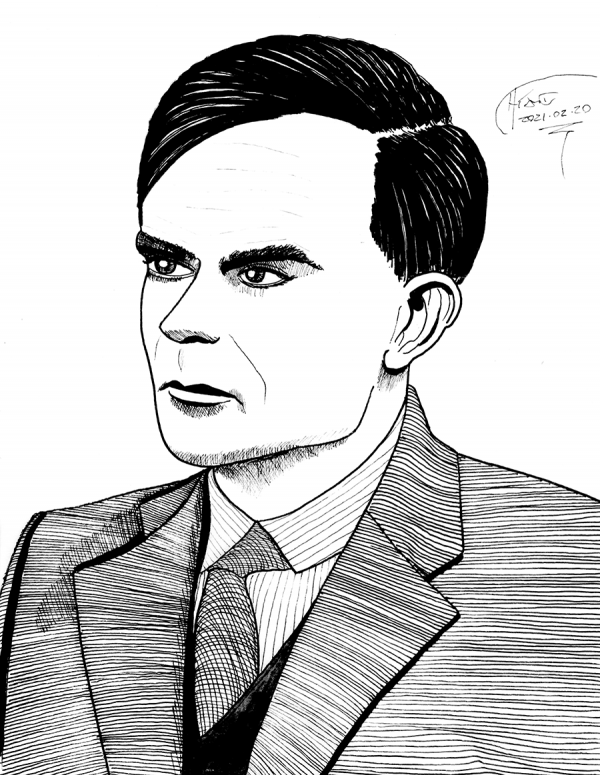 Alan Turing, rendered over my own roughs using several layers of tracing paper. I started with the below rough, in which I tried to pay careful attention to the layout of the face - note the use of the 'third eye' for spacing and curved contour lines - and the relationship of the body, the shoulders and so on.
Alan Turing, rendered over my own roughs using several layers of tracing paper. I started with the below rough, in which I tried to pay careful attention to the layout of the face - note the use of the 'third eye' for spacing and curved contour lines - and the relationship of the body, the shoulders and so on.
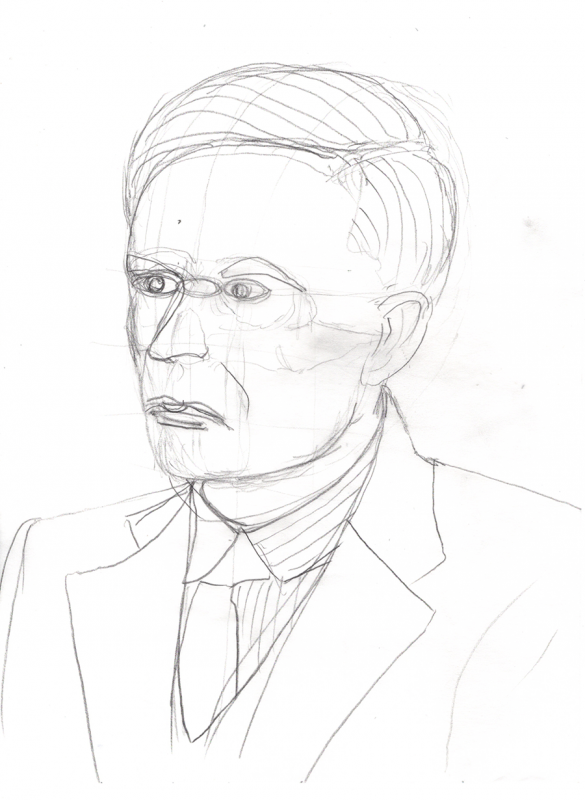 I then corrected that into the following drawing, trying to correct the position and angles of the eyes and mouth - since I knew from previous drawings that I tended to straighten things that were angled, I looked for those flaws and attempted to correct them. (Still screwed up the hair and some proportions).
I then corrected that into the following drawing, trying to correct the position and angles of the eyes and mouth - since I knew from previous drawings that I tended to straighten things that were angled, I looked for those flaws and attempted to correct them. (Still screwed up the hair and some proportions).
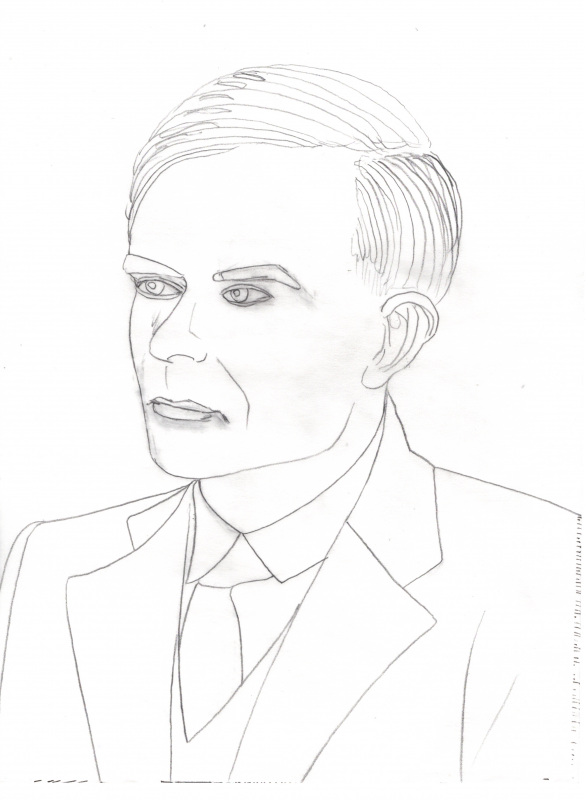 This was close enough for me to get started on the rendering. In the end, I like how it came out, even though I flattened the curves of the hair and slightly squeezed the face and pointed the eyes slightly wrong, as you can see if you compare it to the following image from
This was close enough for me to get started on the rendering. In the end, I like how it came out, even though I flattened the curves of the hair and slightly squeezed the face and pointed the eyes slightly wrong, as you can see if you compare it to the following image from 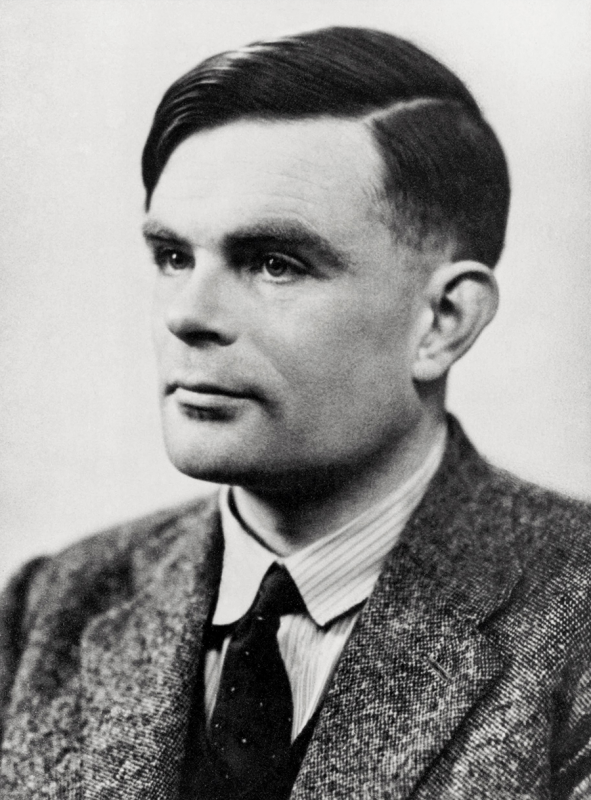 -the Centaur
-the Centaur 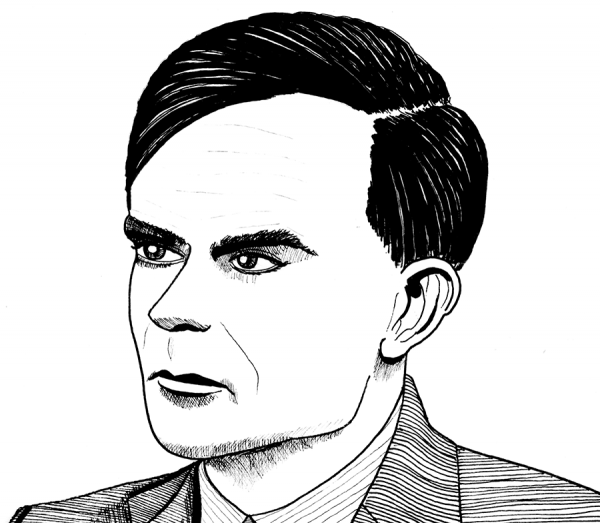



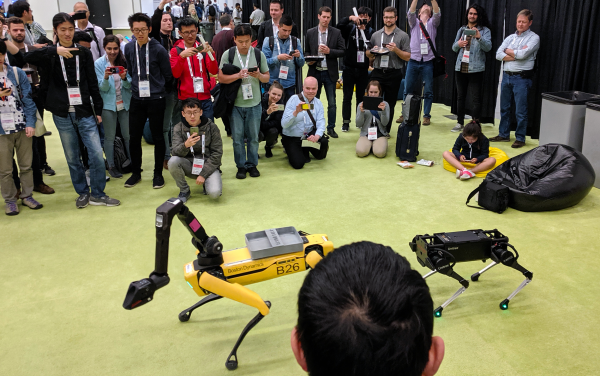
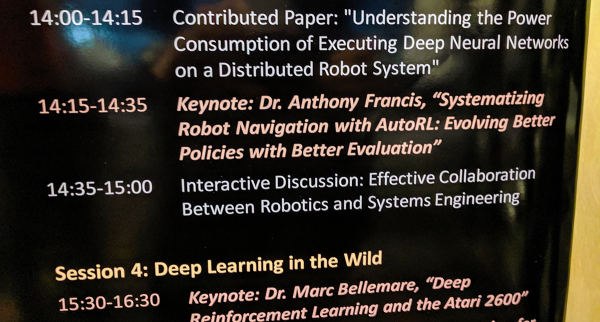



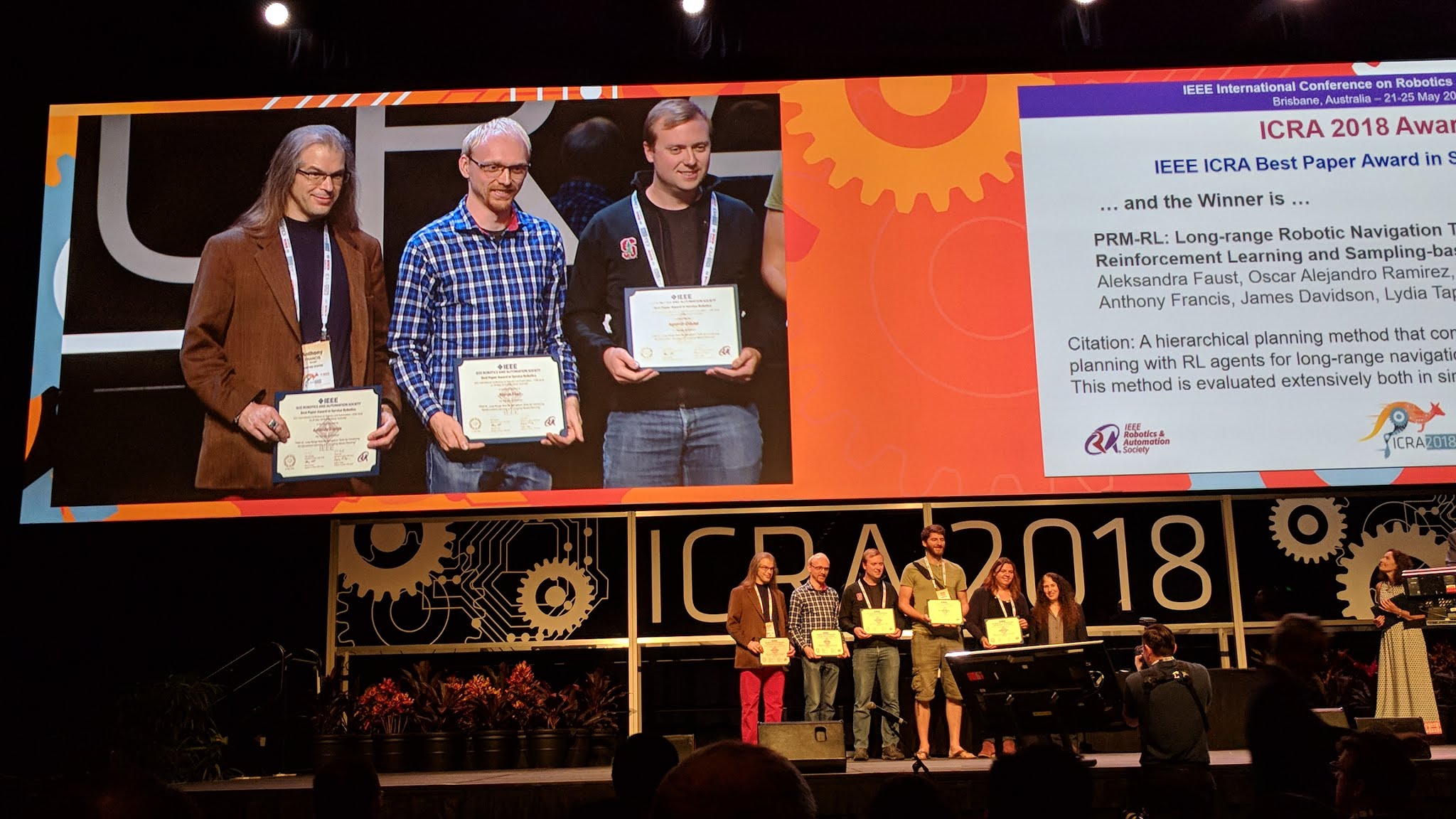 So, this happened! Our team's paper on "PRM-RL" - a way to teach robots to navigate their worlds which combines human-designed algorithms that use roadmaps with deep-learned algorithms to control the robot itself - won a best paper award at the ICRA robotics conference!
So, this happened! Our team's paper on "PRM-RL" - a way to teach robots to navigate their worlds which combines human-designed algorithms that use roadmaps with deep-learned algorithms to control the robot itself - won a best paper award at the ICRA robotics conference!
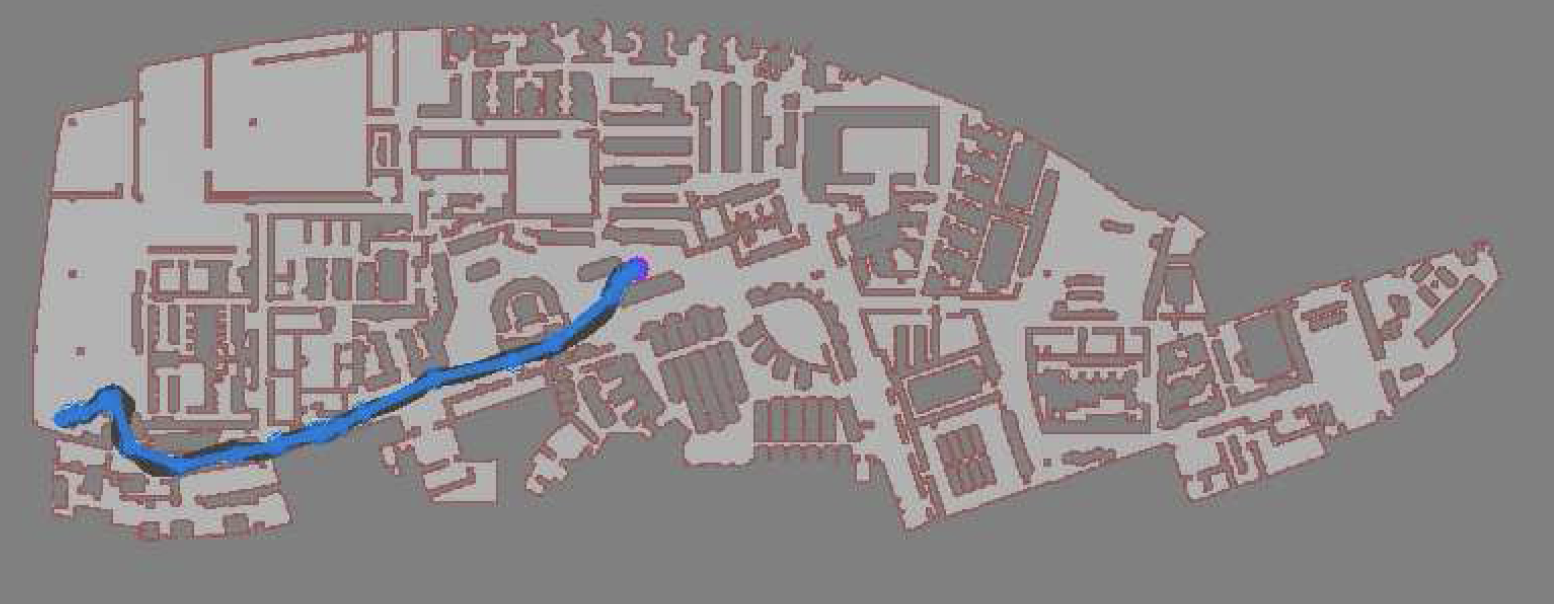 I talked a little bit about how PRM-RL works in the post "
I talked a little bit about how PRM-RL works in the post " We were cited not just for this technique, but for testing it extensively in simulation and on two different kinds of robots. I want to thank everyone on the team - especially Sandra Faust for her background in PRMs and for taking point on the idea (and doing all the quadrotor work with Lydia Tapia), for Oscar Ramirez and Marek Fiser for their work on our reinforcement learning framework and simulator, for Kenneth Oslund for his heroic last-minute push to collect the indoor robot navigation data, and to our manager James for his guidance, contributions to the paper and support of our navigation work.
We were cited not just for this technique, but for testing it extensively in simulation and on two different kinds of robots. I want to thank everyone on the team - especially Sandra Faust for her background in PRMs and for taking point on the idea (and doing all the quadrotor work with Lydia Tapia), for Oscar Ramirez and Marek Fiser for their work on our reinforcement learning framework and simulator, for Kenneth Oslund for his heroic last-minute push to collect the indoor robot navigation data, and to our manager James for his guidance, contributions to the paper and support of our navigation work.
 Woohoo! Thanks again everyone!
-the Centaur
Woohoo! Thanks again everyone!
-the Centaur 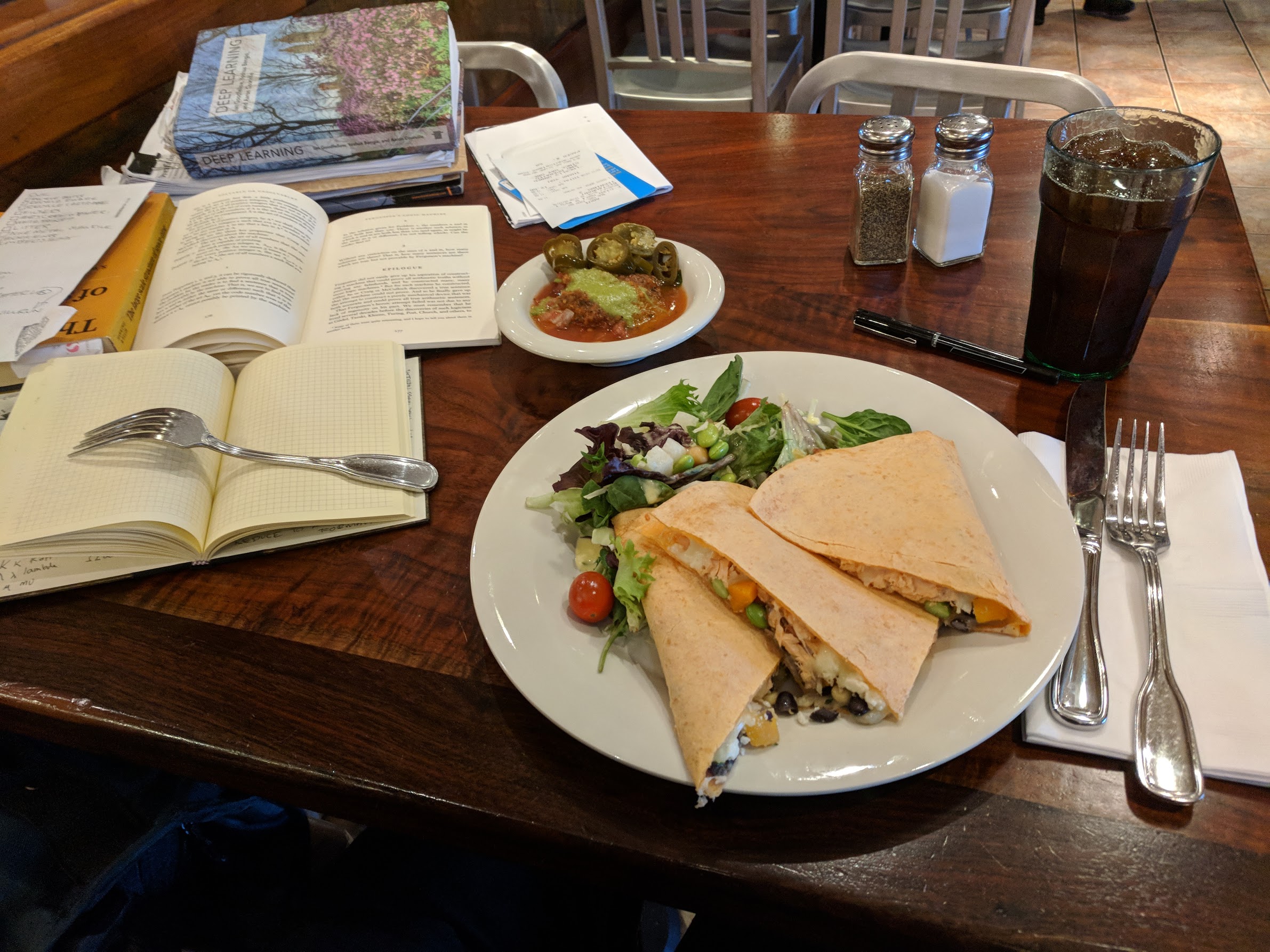 When I was a kid (well, a teenager) I'd read puzzle books for pure enjoyment. I'd gotten started with Martin Gardner's mathematical recreation books, but the ones I really liked were Raymond Smullyan's books of logic puzzles. I'd go to Wendy's on my lunch break at Francis Produce, with a little notepad and a book, and chew my way through a few puzzles. I'll admit I often skipped ahead if they got too hard, but I did my best most of the time.
I read more of these as an adult, moving back to the Martin Gardner books. But sometime, about twenty-five years ago (when I was in the thick of grad school) my reading needs completely overwhelmed my reading ability. I'd always carried huge stacks of books home from the library, never finishing all of them, frequently paying late fees, but there was one book in particular - The Emotions by Nico Frijda - which I finished but never followed up on.
Over the intervening years, I did finish books, but read most of them scattershot, picking up what I needed for my creative writing or scientific research. Eventually I started using the tiny little notetabs you see in some books to mark the stuff that I'd written, a "levels of processing" trick to ensure that I was mindfully reading what I wrote.
A few years ago, I admitted that wasn't enough, and consciously began trying to read ahead of what I needed to for work. I chewed through C++ manuals and planning books and was always rewarded a few months later when I'd already read what I needed to to solve my problems. I began focusing on fewer books in depth, finishing more books than I had in years.
Even that wasn't enough, and I began - at last - the re-reading project I'd hoped to do with The Emotions. Recently I did that with Dedekind's Essays on the Theory of Numbers, but now I'm doing it with the Deep Learning. But some of that math is frickin' beyond where I am now, man. Maybe one day I'll get it, but sometimes I've spent weeks tackling a problem I just couldn't get.
Enter puzzles. As it turns out, it's really useful for a scientist to also be a science fiction writer who writes stories about a teenaged mathematical genius! I've had to simulate Cinnamon Frost's staggering intellect for the purpose of writing the Dakota Frost stories, but the further I go, the more I want her to be doing real math. How did I get into math? Puzzles!
So I gave her puzzles. And I decided to return to my old puzzle books, some of the ones I got later but never fully finished, and to give them the deep reading treatment. It's going much slower than I like - I find myself falling victim to the "rule of threes" (you can do a third of what you want to do, often in three times as much time as you expect) - but then I noticed something interesting.
Some of Smullyan's books in particular are thinly disguised math books. In some parts, they're even the same math I have to tackle in my own work. But unlike the other books, these problems are designed to be solved, rather than a reflection of some chunk of reality which may be stubborn; and unlike the other books, these have solutions along with each problem.
So, I've been solving puzzles ... with careful note of how I have been failing to solve puzzles. I've hinted at this before, but understanding how you, personally, usually fail is a powerful technique for debugging your own stuck points. I get sloppy, I drop terms from equations, I misunderstand conditions, I overcomplicate solutions, I grind against problems where I should ask for help, I rabbithole on analytical exploration, and I always underestimate the time it will take for me to make the most basic progress.
Know your weaknesses. Then you can work those weak mental muscles, or work around them to build complementary strengths - the way Richard Feynman would always check over an equation when he was done, looking for those places where he had flipped a sign.
Back to work!
-the Centaur
Pictured: my "stack" at a typical lunch. I'll usually get to one out of three of the things I bring for myself to do. Never can predict which one though.
When I was a kid (well, a teenager) I'd read puzzle books for pure enjoyment. I'd gotten started with Martin Gardner's mathematical recreation books, but the ones I really liked were Raymond Smullyan's books of logic puzzles. I'd go to Wendy's on my lunch break at Francis Produce, with a little notepad and a book, and chew my way through a few puzzles. I'll admit I often skipped ahead if they got too hard, but I did my best most of the time.
I read more of these as an adult, moving back to the Martin Gardner books. But sometime, about twenty-five years ago (when I was in the thick of grad school) my reading needs completely overwhelmed my reading ability. I'd always carried huge stacks of books home from the library, never finishing all of them, frequently paying late fees, but there was one book in particular - The Emotions by Nico Frijda - which I finished but never followed up on.
Over the intervening years, I did finish books, but read most of them scattershot, picking up what I needed for my creative writing or scientific research. Eventually I started using the tiny little notetabs you see in some books to mark the stuff that I'd written, a "levels of processing" trick to ensure that I was mindfully reading what I wrote.
A few years ago, I admitted that wasn't enough, and consciously began trying to read ahead of what I needed to for work. I chewed through C++ manuals and planning books and was always rewarded a few months later when I'd already read what I needed to to solve my problems. I began focusing on fewer books in depth, finishing more books than I had in years.
Even that wasn't enough, and I began - at last - the re-reading project I'd hoped to do with The Emotions. Recently I did that with Dedekind's Essays on the Theory of Numbers, but now I'm doing it with the Deep Learning. But some of that math is frickin' beyond where I am now, man. Maybe one day I'll get it, but sometimes I've spent weeks tackling a problem I just couldn't get.
Enter puzzles. As it turns out, it's really useful for a scientist to also be a science fiction writer who writes stories about a teenaged mathematical genius! I've had to simulate Cinnamon Frost's staggering intellect for the purpose of writing the Dakota Frost stories, but the further I go, the more I want her to be doing real math. How did I get into math? Puzzles!
So I gave her puzzles. And I decided to return to my old puzzle books, some of the ones I got later but never fully finished, and to give them the deep reading treatment. It's going much slower than I like - I find myself falling victim to the "rule of threes" (you can do a third of what you want to do, often in three times as much time as you expect) - but then I noticed something interesting.
Some of Smullyan's books in particular are thinly disguised math books. In some parts, they're even the same math I have to tackle in my own work. But unlike the other books, these problems are designed to be solved, rather than a reflection of some chunk of reality which may be stubborn; and unlike the other books, these have solutions along with each problem.
So, I've been solving puzzles ... with careful note of how I have been failing to solve puzzles. I've hinted at this before, but understanding how you, personally, usually fail is a powerful technique for debugging your own stuck points. I get sloppy, I drop terms from equations, I misunderstand conditions, I overcomplicate solutions, I grind against problems where I should ask for help, I rabbithole on analytical exploration, and I always underestimate the time it will take for me to make the most basic progress.
Know your weaknesses. Then you can work those weak mental muscles, or work around them to build complementary strengths - the way Richard Feynman would always check over an equation when he was done, looking for those places where he had flipped a sign.
Back to work!
-the Centaur
Pictured: my "stack" at a typical lunch. I'll usually get to one out of three of the things I bring for myself to do. Never can predict which one though. 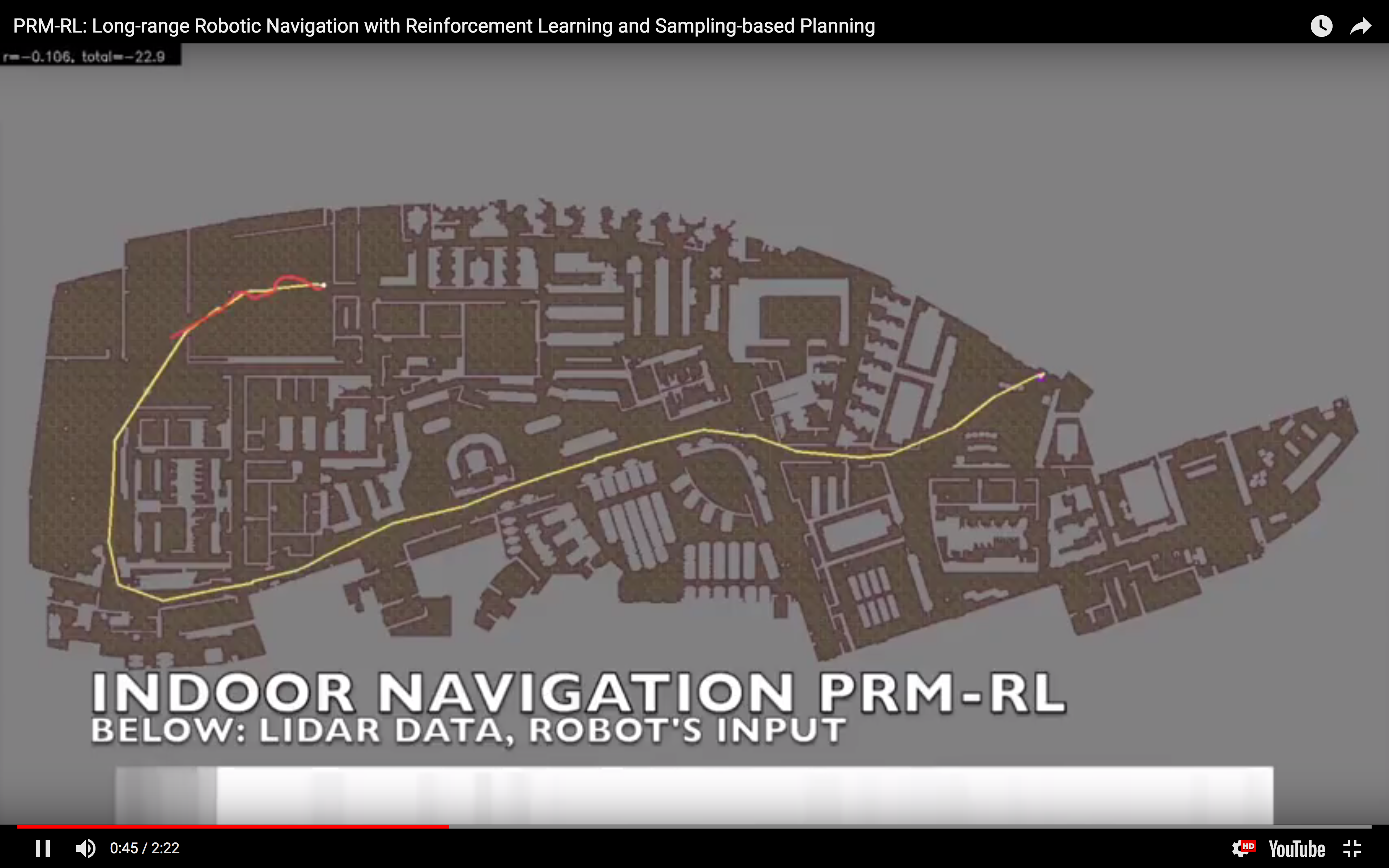 I often say "I teach robots to learn," but what does that mean, exactly? Well, now that one of the projects that I've worked on has been announced - and I mean, not just on
I often say "I teach robots to learn," but what does that mean, exactly? Well, now that one of the projects that I've worked on has been announced - and I mean, not just on 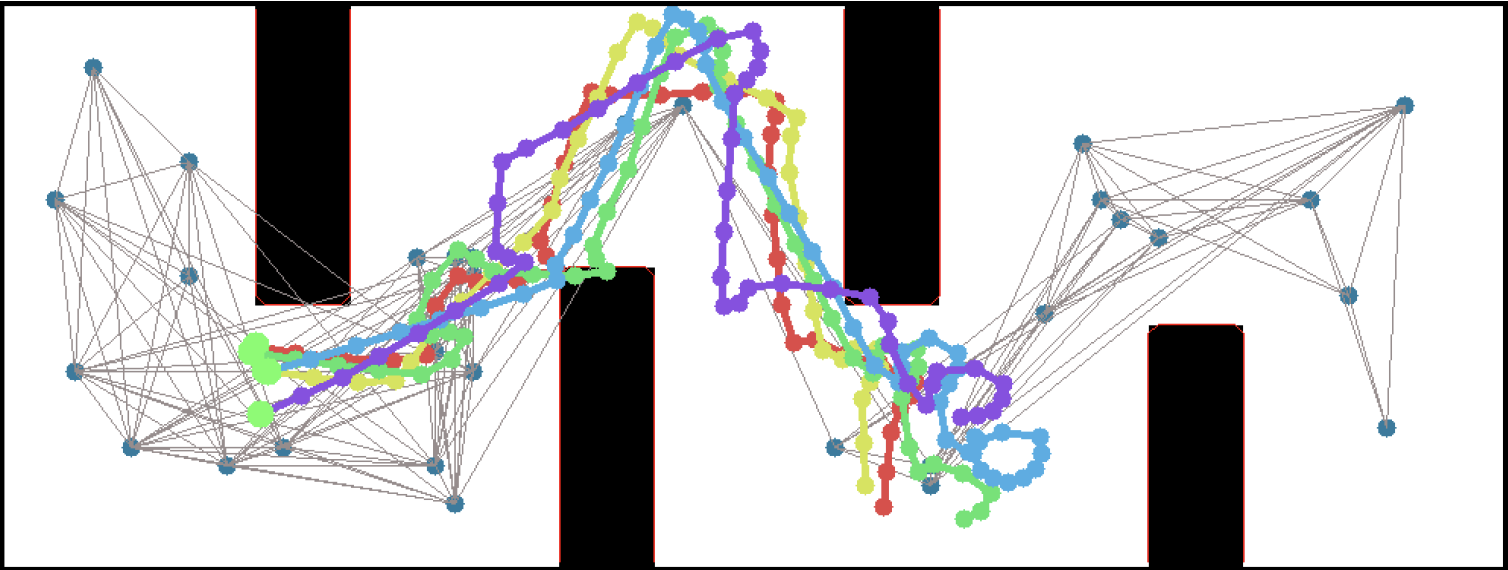 This work includes both our group working on office robot navigation - including Alexandra Faust, Oscar Ramirez, Marek Fiser, Kenneth Oslund, me, and James Davidson - and Alexandra's collaborator Lydia Tapia, with whom she worked on the aerial navigation also reported in the paper. Until the ICRA version comes out, you can find the preliminary version on arXiv:
This work includes both our group working on office robot navigation - including Alexandra Faust, Oscar Ramirez, Marek Fiser, Kenneth Oslund, me, and James Davidson - and Alexandra's collaborator Lydia Tapia, with whom she worked on the aerial navigation also reported in the paper. Until the ICRA version comes out, you can find the preliminary version on arXiv:


 So at Dragon Con I had a reading this year. Yeah, looks like this is the last year I get to bring all my books - too many, to heavy! I read the two flash fiction pieces in
So at Dragon Con I had a reading this year. Yeah, looks like this is the last year I get to bring all my books - too many, to heavy! I read the two flash fiction pieces in 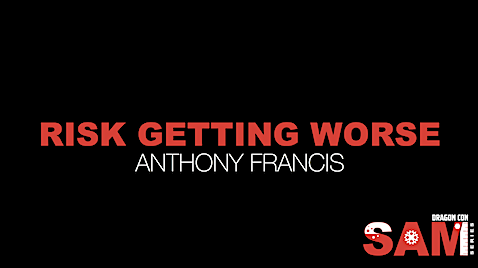 But that wasn't recorded, so, oh dang, you'll have to either go to
But that wasn't recorded, so, oh dang, you'll have to either go to 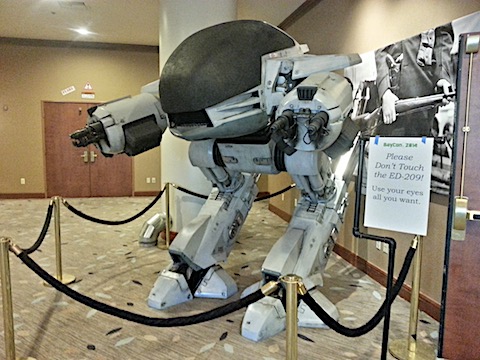
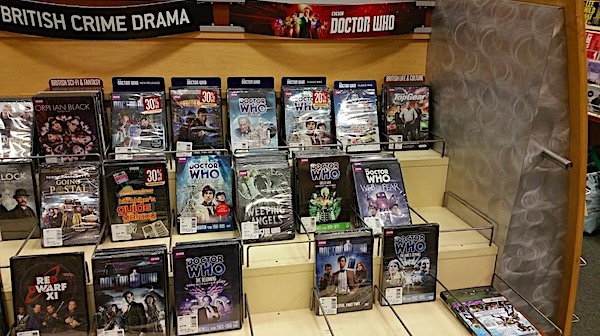


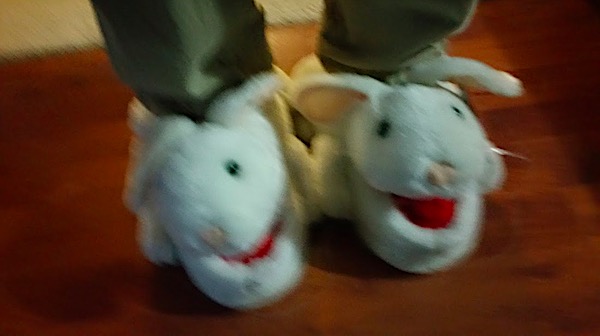

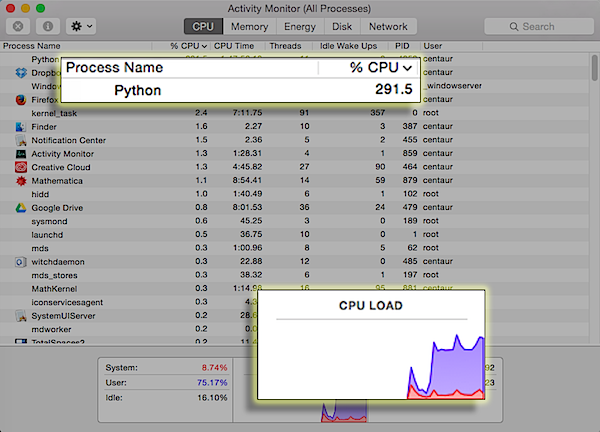 Yep, that’s Python consuming almost 300% of my CPU - guess what, I guess that means this machine has four processing cores, since I saw it hit over 300% - running the
Yep, that’s Python consuming almost 300% of my CPU - guess what, I guess that means this machine has four processing cores, since I saw it hit over 300% - running the 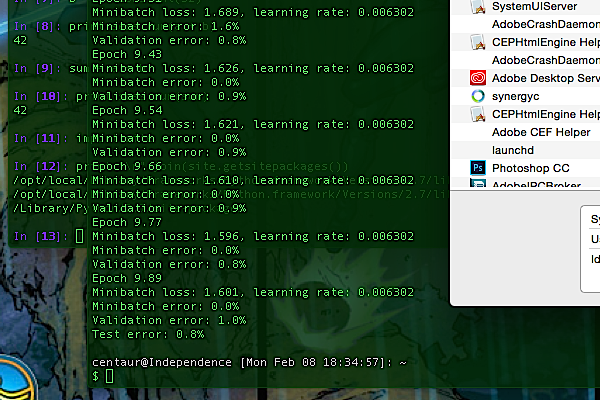 Well. 99.2% correct, it seems. Not bad for a
Well. 99.2% correct, it seems. Not bad for a